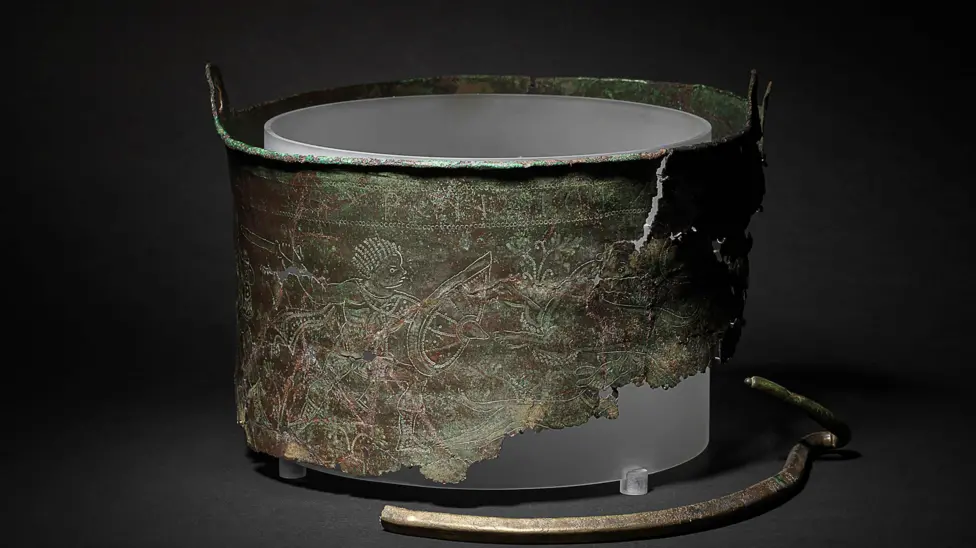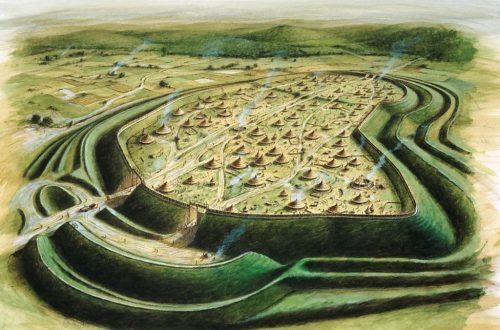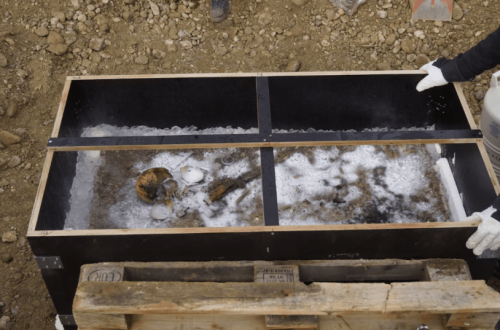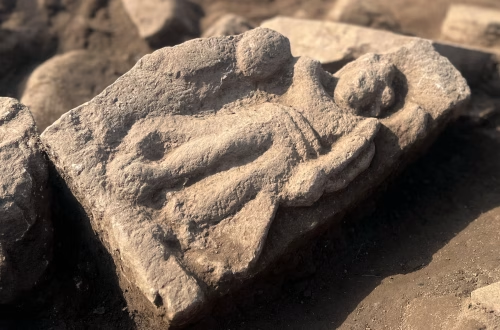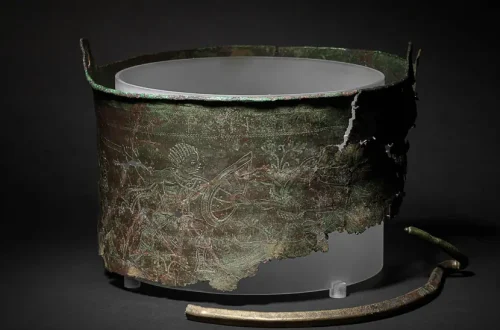Archaeologists have confirmed that a 6th-century Byzantine bucket discovered at Sutton Hoo, Suffolk, likely served as a cremation vessel. The bucket, pieced together from fragments found over decades, contained cremated human and animal bones, offering new insights into burial practices of the early medieval period in England. The bucket’s fragments were first unearthed in 1986, with additional pieces discovered in 2012 and 2024 during excavations at the site. Located near Woodbridge, Sutton Hoo is renowned for its Anglo-Saxon burial mounds, including the famous ship burial of 1939, believed to be the resting place of King Raedwald of East Anglia, who…
-
-
A new study published in the Journal of Archaeological Science has found that sledge-pulling dogs develop unique skeletal changes, offering a way to identify their historical role in Arctic communities. The research, led by Dr Louise Pionnier, examines entheseal changes—modifications where muscles or tendons attach to bones—and could shed light on ancient human-canine relationships. The study analysed a small but carefully selected sample of dog remains, including modern sled dogs like Alaskan Malamutes and Siberian Huskies, and archaeological specimens from Arctic sites. Due to the scarcity of well-preserved remains, the limited sample size requires cautious interpretation. Researchers focused on entheses…

